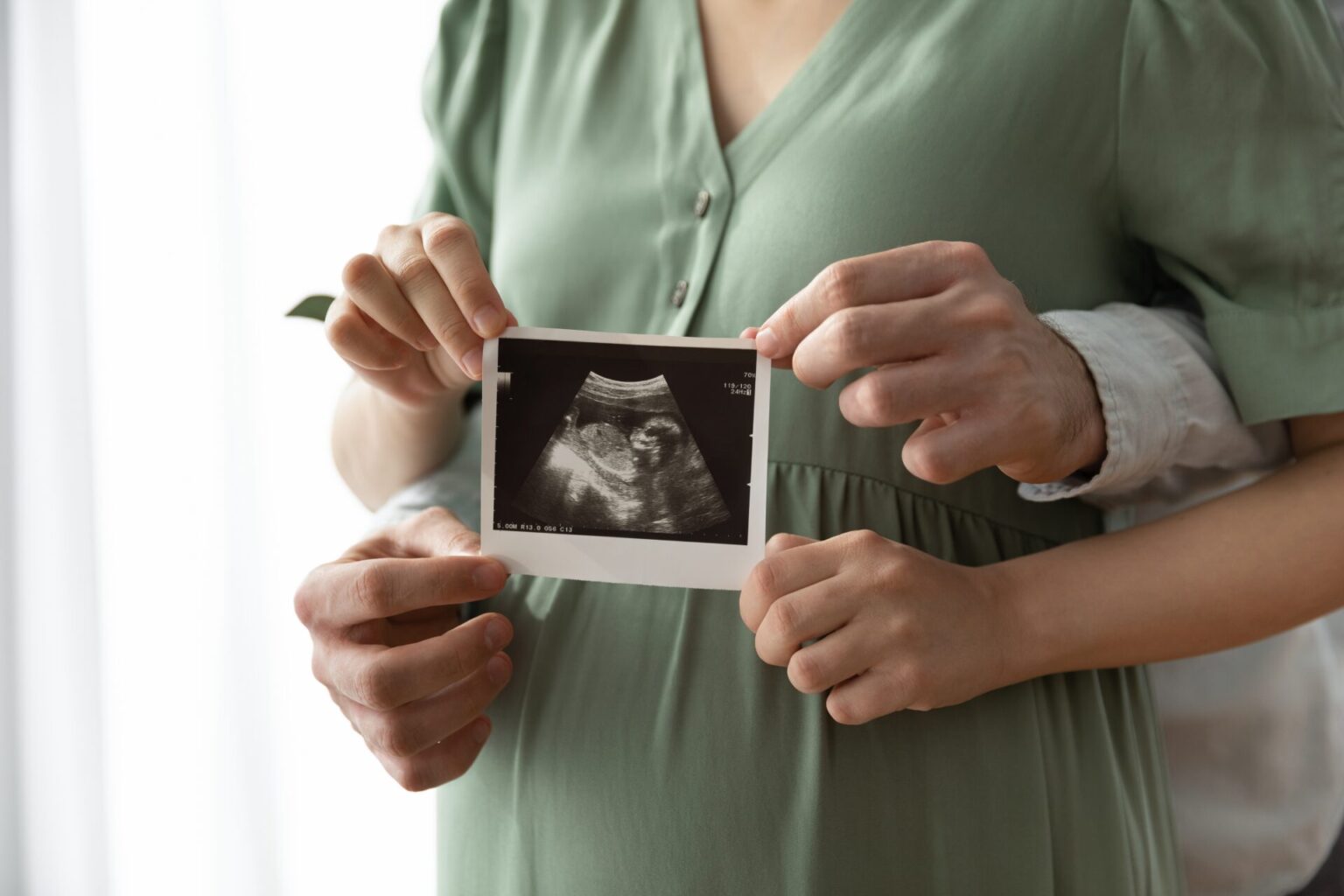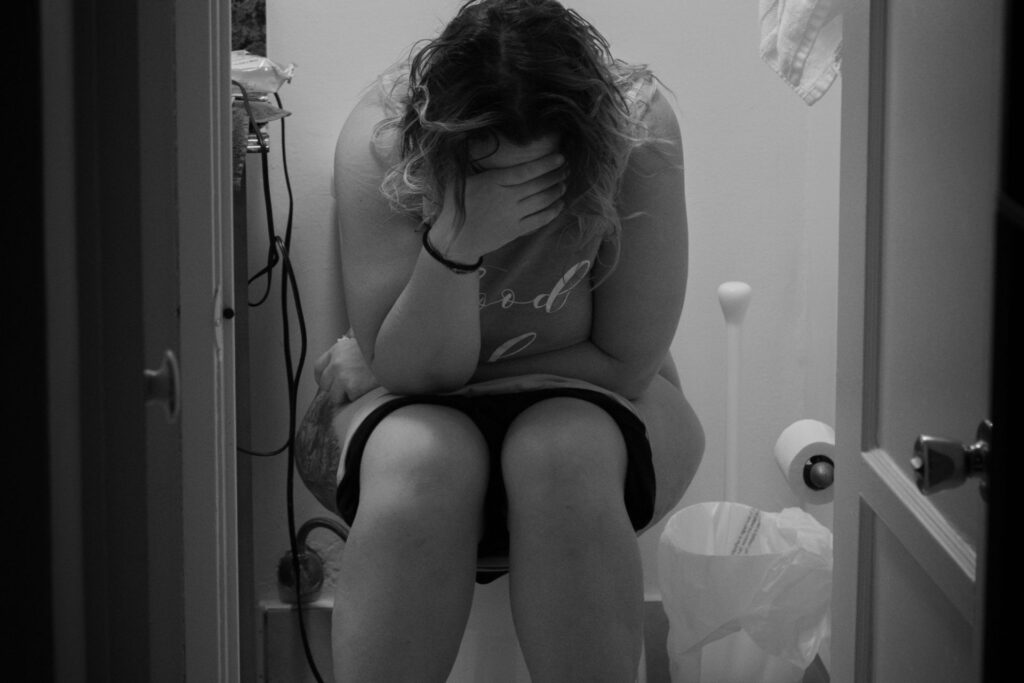What is an ultrasound? Is it safe?
Ultrasound pictures are made when high-frequency sound waves are aimed at tissues in your body using a transducer. The speed that the sound waves bounce off different tissues back to the transducer is used to generate a picture of the object being scanned. Ultrasounds have been proven to be safe in many studies, but it is not totally harmless. High-energy ultrasounds can cause tissue heating, which could be dangerous for an early pregnancy. Most pregnancy ultrasounds use much lower energy levels.
Does everyone need to have an ultrasound?
All pregnant women are recommended to have a screening ultrasound at 18 to 22 weeks. This determines the gestational age, number of babies and position of the placenta. This ultrasound also looks for ‘soft markers’– mild abnormalities in the baby’s anatomy that can be variations of normal, but may also indicate an increased risk of a chromosomal disorder. If a soft marker is discovered, your doctor may recommend extra tests or another ultrasound.
Can I have an ultrasound before that?
The best time to see the baby’s anatomy is between 18 and 22 weeks; doing the scan earlier than that isn’t helpful. However, there are other reasons to have an ultrasound in early pregnancy. They are done to investigate bleeding or cramping and can identify a miscarriage or ectopic pregnancy. If you are unsure about your dates, measuring the baby at eight to 12 weeks can be the most accurate way to figure out how far along you are. An early scan can predict the due date within five days but one done in the third trimester can be off by as much as two to three weeks. There is also a special type of ultrasound that screens for Down syndrome by measuring the thickness of an area on the baby’s neck, known as the nuchal translucency. This is done between 11 and 14 weeks and is paired with blood tests to give a risk score for Down syndrome.
Will I need another ultrasound after my 20-week scan?
Usually not. Your doctor may schedule regular ultrasounds to check your baby’s wellbeing if he or she is concerned about how your baby is doing, or if you have certain medical conditions. This is done with a biophysical profile (BPP), which grades the baby on tone, movement, amniotic fluid and breathing movements, to give a score out of eight. A score of 8/8 is reassuring, while lower scores may require closer surveillance or even early delivery. Extra scans may also be done to measure the baby’s growth, check position or to watch a placenta that was too close to the cervix on the first ultrasound.
When can an ultrasound tell us the sex of the baby?
Will I be able to tell if it’s a boy or girl just from the image? Depending on the baby’s position, you should be able to find out the sex during your 18-week ultrasound. If you want a surprise, make sure to tell the technician before the scan so they know not to tell you the sex of the baby. If you are not familiar with ultrasounds you may not be able to tell the sex just by looking, but sometimes boys make it fairly obvious!










